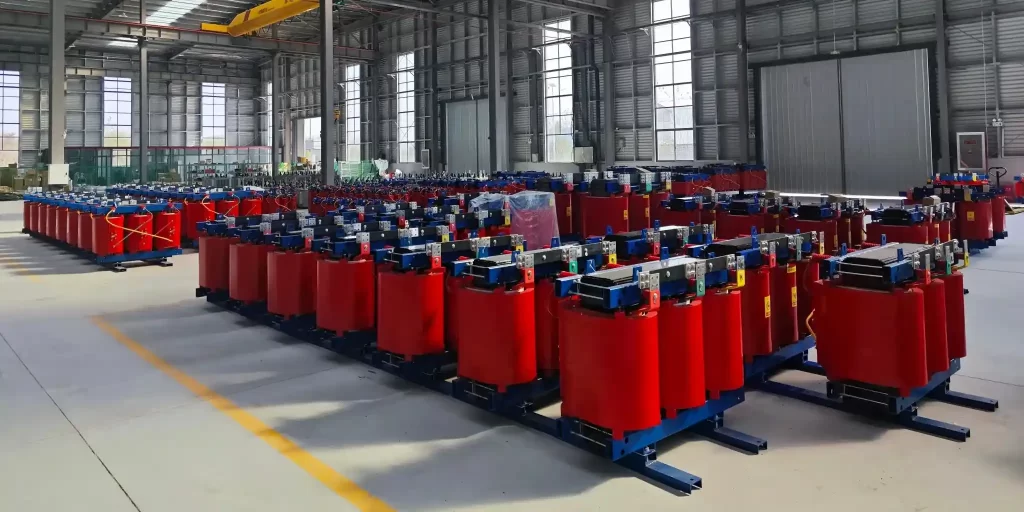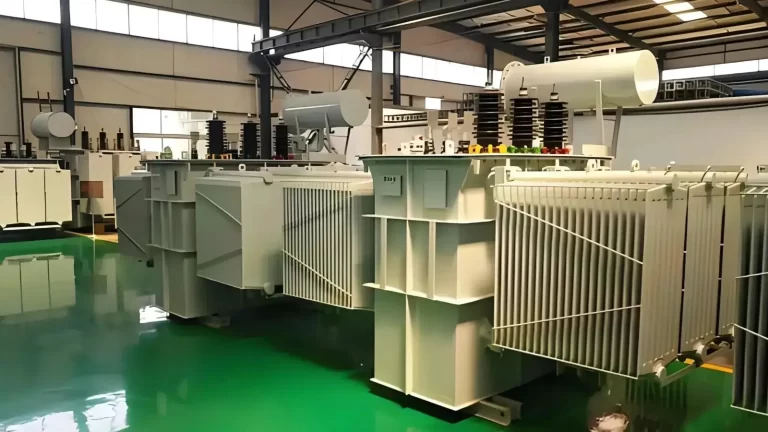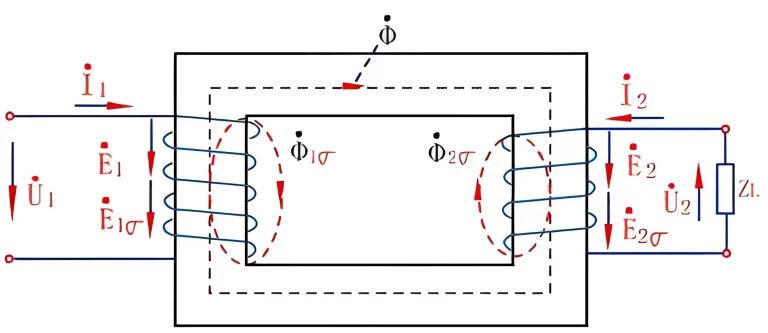Transformers are an essential component in electrical power systems. They play a crucial role in transferring electrical energy between circuits at different voltage levels. But how many types of transformers are there? Let’s explore the different types and their applications.

Table of Contents
1. Power Transformers
Power transformers are the most common type of transformers used in electrical power systems. They are responsible for stepping up or stepping down the voltage levels to facilitate efficient power transmission and distribution. Power transformers are typically found in substations and are used to transfer electricity over long distances.
2. Distribution Transformers
Distribution transformers are used to step down the voltage levels for distribution to end-users. They are commonly found on utility poles or in pad-mounted enclosures. Distribution transformers are responsible for supplying electricity to residential, commercial, and industrial areas.
3. Instrument Transformers
Instrument transformers are used for measurement and protection purposes. They are designed to provide accurate current and voltage measurements for meters, relays, and other protective devices. Instrument transformers include current transformers (CTs) and voltage transformers (VTs).
4. Auto Transformers
Auto transformers are a type of transformer that has a single winding with multiple taps. They are used to step up or step down the voltage levels, similar to power transformers. However, auto transformers are more compact and cost-effective than traditional power transformers.
5. Isolation Transformers
Isolation transformers are used to provide electrical isolation between the input and output circuits. They are commonly used in sensitive electronic equipment to protect against electrical noise, voltage spikes, and ground loops. Isolation transformers are also used in medical facilities to ensure patient safety.
6. Three-Phase Transformers
Three-phase transformers are used in three-phase power systems, which are commonly found in industrial and commercial applications. They consist of three sets of primary and secondary windings and are designed to handle higher power loads.
7. Step-Up and Step-Down Transformers
Step-up transformers are used to increase the voltage levels, while step-down transformers are used to decrease the voltage levels. These transformers are essential for matching the voltage requirements of different electrical devices and systems.
8. Toroidal Transformers
Toroidal transformers are a type of transformer that features a toroidal (doughnut-shaped) core. They are known for their compact size, low electromagnetic interference, and high efficiency. Toroidal transformers are commonly used in audio equipment, medical devices, and other applications where size and noise are critical factors.
9. High-Frequency Transformers
High-frequency transformers are designed to operate at higher frequencies than standard power transformers. They are commonly used in electronic devices such as televisions, computers, and power supplies. High-frequency transformers are more compact and lightweight compared to traditional transformers.
10. Specialty Transformers
There are various specialty transformers designed for specific applications. These include rectifier transformers, furnace transformers, traction transformers, and more. Each specialty transformer is tailored to meet the unique requirements of its intended application.
These are just a few examples of the different types of transformers available. Each type serves a specific purpose in electrical power systems, ensuring efficient and reliable power transmission and distribution. Understanding the different types of transformers can help in selecting the right transformer for a particular application.


